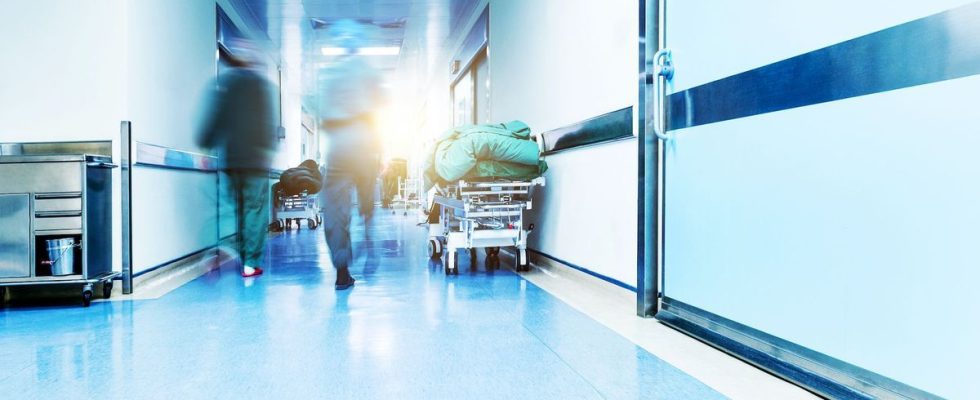Published on
Updated
Reading 3 min.
in collaboration with
Dr Gérald Kierzek (Medical Director)
Last Friday, in Ile-et Vilaine, a woman who had chosen to give birth at home died of cardiac arrest. Her baby also died. A tragedy which reminds us that unmedical childbirth today remains a choice that carries dangers.
According to information from Telegram, a mother who intended to give birth last Friday to her first child at home, felt unwell followed by a cardiac arrest which she did not survive. Her baby also died.
The need for an emergency cesarean section
The 37-year-old woman was followed by the same private midwife since the start of the pregnancy. “After contractions since the beginning of the morning, the midwife came to the home around 12:30 p.m. At the end of the afternoon, she called the firefighters to organize the transfer to the Fougères maternity ward. said the Rennes public prosecutor. The SAMU also went to the scene.
Although we do not yet know the details of the birth, we do know, however, that when the parturient arrived at the Fougères hospital, the doctors carried out a cesarean section, but unfortunately were only able to declare the death of the child.
“Faced with the seriousness of the situation, the mother had to be transferred to Rennes. But she died in the emergency vehicle which had not yet left the Fougères hospital. complete the Telegram.
An investigation into the causes of death was opened by the Rennes Public Prosecutor’s Office. A double autopsy was also ordered.
Home birth: who is affected?
In France, no law prohibits home birth (AAD). A woman can give birth at home by “accident”but also by choice, by being accompanied by a midwife (what we call an assisted birth at home) or not (unassisted birth).
The only constraint: AAD is only considered for healthy women without a high-risk pregnancy (twins, congenital malformations, diabetes, maternal hypertension, etc.).
The Professional Association for Accompanied Home Birth has around 90 private midwives engaged in this practice in 2021. According to his figures, for the year 2021, there were 1,814 women who undertook a home birth process, including 353 who were finally referred to a maternity ward during pregnancy and 203 who started labor at home but had to be transferred before the birth of the child, 44 were transferred postpartum for maternal reasons and 22 for neonatal reasons. In the end, 1194 were kept at home (79%).
“The best place to give birth remains the maternity ward”
Dr. Gérald Kierzek, emergency physician and medical director of Doctissimo, however, reminds us of an essential notion of risk:
“The best place to give birth is a maternity ward! A delivery, even if in the vast majority of cases, goes well, complications are always possible and a cesarean section or resuscitation necessary, etc. For the health of the baby and the mother, this must happen in a medical environment.”
However, our doctor also sees in this tragedy a tendency towards the non-medicalised, to be linked to the current insufficient network of maternity wards:
“I also understand this desire to move towards something less medicalized, because since the small maternity wards in France were dismantled, these large baby factories, these regional, impersonal maternity wards towards which women are directed, are frightening. Face In this movement of concentration, people who are furthest away favor home birth to the detriment of security. We were told “We are closing small maternity wards for safety reasons”, but we now find ourselves with other security problems. A local maternity ward will always be more capable of performing a cesarean section than a SAMU team that is often helpless in such situations.”
